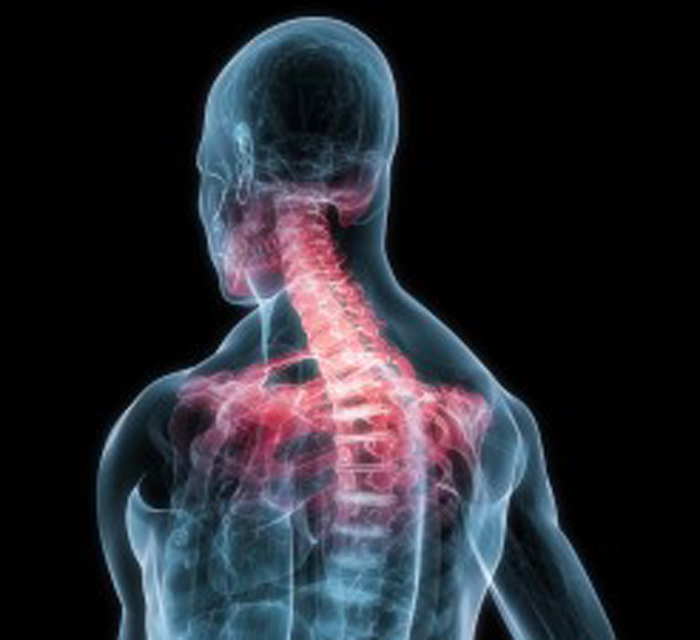Outcomes For Adult Scoliosis Patients Receiving Chiropractic Rehabilitation: A 24-month Retrospective Analysis
SOURCE: J Chiropractic Medicine 2011 (Sep); 10 (3): 179–184
By Mark Morningstar DC, FACSP, FRCCM, FAAIM
Objectives: The purpose of this study was to retrospectively report the results of patients who completed an exercise-based chiropractic program and its potential to alter the natural progression of adult scoliosis at 24 months after the clinic portion of treatment was concluded.
Methods: A retrospective chart review was conducted at 2 spine clinics in Michigan, USA. Each clinic uses the same chiropractic rehabilitation program to treat patients with adult scoliosis. Multidimensional patient outcomes included radiographic, respiratory, disability, and pain parameters. Outcomes were measured at baseline, at end of active treatment, and at long-term follow-up.
Results: A total of 28 patients fit the inclusion criteria for the study. The average beginning primary Cobb angle was 44° ± 6°. Patients received the same chiropractic rehabilitation program for approximately 6 months. At the end of active treatment, improvements were recorded in Cobb angle, pain scores, spirometry, and disability rating. All radiographic findings were maintained at 24-month follow-up.
Conclusion: This report is among the first to demonstrate sustained radiographic, self-rated, and physiologic benefits after treatment ceased. After completion of a multimodal chiropractic rehabilitation treatment, a retrospective cohort of 28 adult scoliosis patients reported improvements in pain, Cobb angle, and disability immediately following the conclusion of treatment and 24 months later.
Key indexing terms: Chiropractic, Rehabilitation, Scoliosis
There are more articles like this @ our:





what happened to the patients after rehab? do they still need to follow some medical guidelines after that?